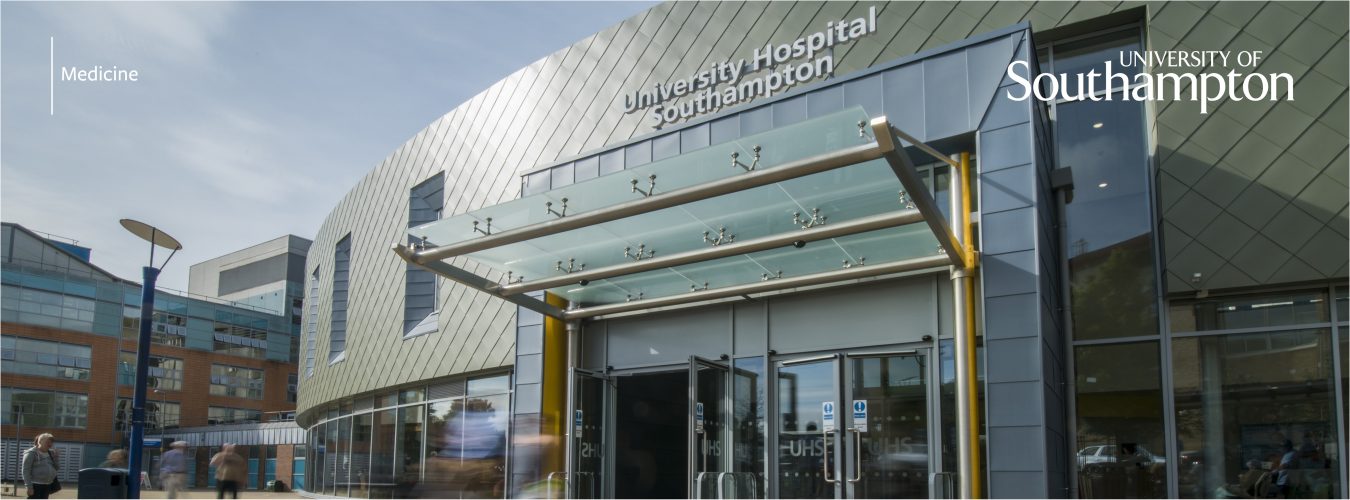What a wonderful relief to look up from the business in hand of sorting through over 12,000 research outputs, 300 impact case studies and 35 environment statements confronting us in sub-panel 1 (Clinical Medicine) of the Research Excellence Framework (REF) 2021! I am sure the process and its comparison with those in 2008 and 2014 will be the subject of future blogs, but that must await completion of this particular exercise next spring.
Relief has been provided by several recent meetings at which strategic refreshes have been presented by UKRI and MRC, with much to inform our own University and Faculty strategic reviews. UKRI is the non-departmental body, established in 2018, sponsored by the Department for Business, Energy and Industrial Strategy (BEIS), which brings together the seven disciplinary research councils (including MRC, BBSRC and ESRC), Research England (which is responsible for supporting research and knowledge exchange at higher education institutions in England), and the UK’s innovation agency (Innovate UK). Rather surprising then, that only 12% of its expenditure is directed at traditional response-mode research; with a further 7% on targeted priorities and 10% on fellowships and studentships. 11% goes on Institutes (eg the Laboratory for Molecular Biology at Cambridge); and 21% comprises the QR allocated to universities on the basis of the last REF outcome.
The five strategic UKRI pillars comprise:
(1) Fostering a world-class research and innovation system;
(2) Supporting great ideas;
(3) Unleashing innovation;
(4) Targeting national priorities;
(5) Improving how we work.
Although granularity beneath these broad strategic pillars is limited, they comprise the framework within which MRC has outlined its own delivery plan. Pillar 1 includes support for “team science” and diversity of career path; strengthening of the clinical academic workforce; expansion of national data capability and digital infrastructure; retention of international partnerships; and continued investment in Units and Centres (with emphasis on outward facing national assets in particular thematic areas).
Pillar 2 rehearses the major research priorities and includes multimodal, multiscale biology; healthy ageing; multiple long-term conditions; mental health; human brain repair and neuro-technologies; and support for its institutes. These are accompanied by national priority areas including tackling infection; prevention and population health improvement by narrowing inequalities; Net Zero; and neurodegenerative disease.
Finally, the innovation pillar emphasises experimental medicine; advanced therapies; co-discovery with industry; and machine learning/AI. These insights into UKRI and MRC priorities provide much food for thought in the formulation of our own local research strategy.
Research investment is increasingly likely to be targeted to clusters and teams with an established track record of international excellence, and we shall need to be clear about the areas in which we achieve that goal. These principles are mirrored in Uncovering Our DNA, which highlights the myriad achievements of Faculty staff during the COVID-19 pandemic and places these in both the historical context of our medical school (and its evolution over the last half century), as well as providing an attractive and accessible panorama of our educational, research and enterprise activities. Further evolution of our institutional strategy will assist us in taking advantage of this groundswell of momentum over the last two years, and will lead, I am sure, to just as glittering a future half century.


A Season for Strategy by Professor Cyrus Cooper